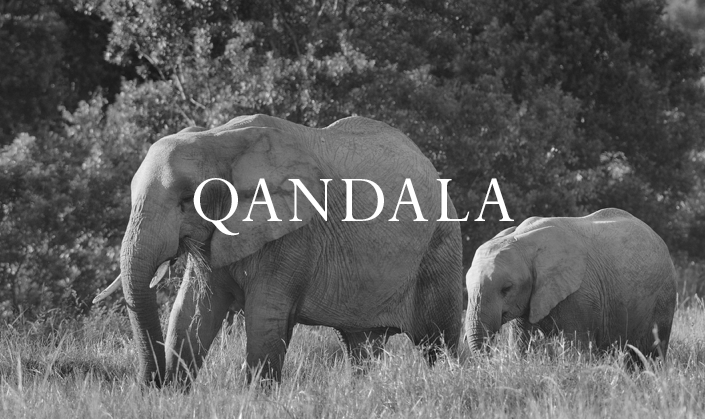- Wenn du dich für eine Auswahl entscheidest, wird die Seite komplett aktualisiert.
- Wird in einem neuen Fenster geöffnet.
Qandala

Born in 2004 to Quassia, Qandala was a member of the so-called QB family. The family was first sighted and photographed in 1976 by Cynthia Moss, a pioneering elephant researcher working along Amboseli Trust For Elephants.
The first few years were reasonably peaceful until 2009 when Amboseli (Kenya) experienced the worst drought in living memory. By the end of that year 83% of the wildebeests, 71% of the zebras, and 61% of the buffaloes had died. More than 400 elephants perished from both the drought and an upsurge in poaching. The problem was that there was almost no vegetation left to eat. Amboseli always has fresh water because of the underground rivers coming from Kilimanjaro. These rivers create permanent swamps in the Park. So the animals did not die of thirst but rather from hunger. In addition, in the case of the elephants, as they weakened they appear to have succumbed to disease as well. To add to the troubles, the researchers witnessed an upsurge of poaching for ivory at the same time, possibly catalysed by the number of carcasses, and the desperate economic losses people in the ecosystem were suffering.
The calves were the first to go. There was nothing for them to eat and their mothers could not produce enough milk for them, especially as the calves got older. In 2008, 151 calves were born, which was a record. However, the next year these calves were just at the age when they needed to supplement milk with vegetation and there simply wasn’t anything they could eat. As a result 97 of them died during 2009. The calves born during 2009 also suffered but they did a bit better because they didn’t have to eat as much vegetation. Of the 85 calves born during the drought 38 died. Qandala was lucky enough to survive despite the need for vegetation and since then been striving along with her family.
Photo and text credit: Cynthia Moss, Amboseli Trust For Elephants, Kenya Wildlife Service


